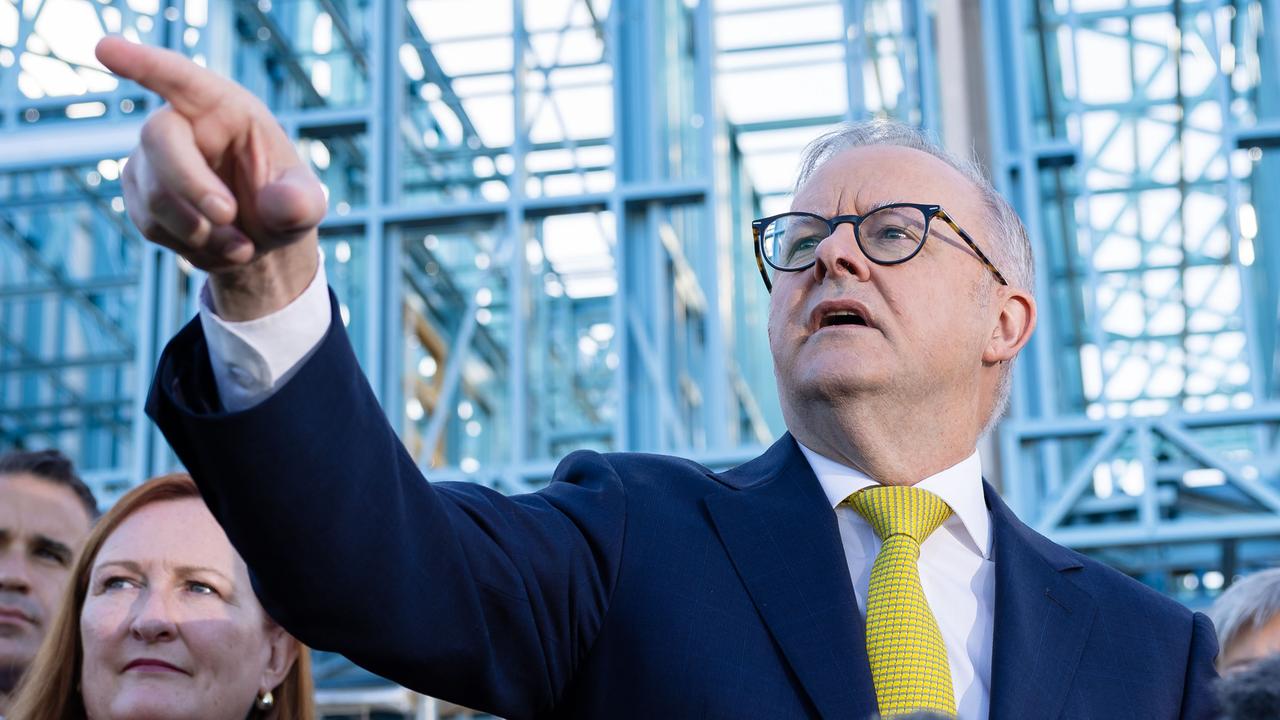Millions of Aussies set for biggest pay increase in years
Australia’s lowest paid workers are set to receive a big pay bump, with the move likely to have positive flow on effects for millions of other workers.
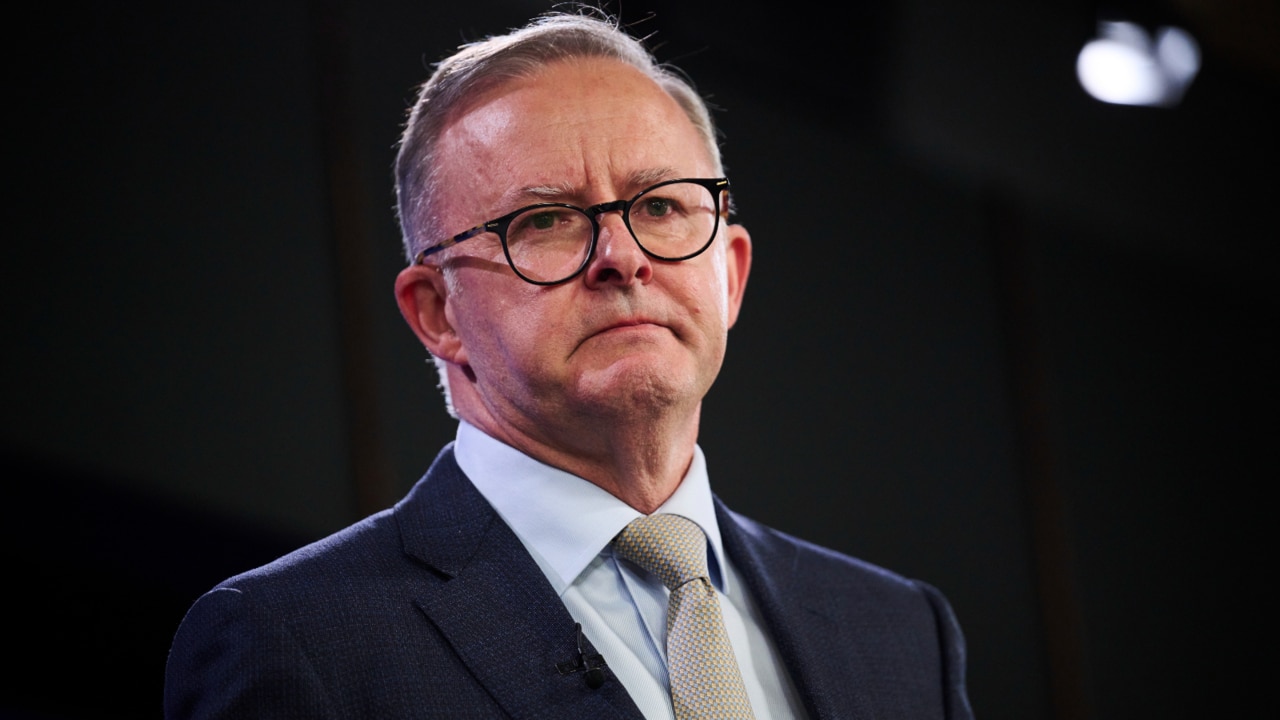
Millions of Aussies are set to get a pay increase within weeks, with the hike expected to be the biggest in more than 10 years.
The Fair Work Commission is expected to put in place a 4 to 4.5 per cent nominal increase to the national minimum wage and modern award minimum wages, according to research from ANZ.
This prediction comes as the Fair Work Commission carries out its 2021-22 Annual Wage Review to determine whether to raise the national minimum wage from $20.33.
An increase of 4 per cent would see the minimum wage grow by 81 cents per hour to $21.14, while an increase of 4.5 per cent would see a jump of 91 cents per hour to $21.24.
This would be the biggest percentage increase to the minimum wage since 2010 in the wake of the global financial crisis.
Stream more finance news live & on demand with Flash. 25+ news channels in 1 place. New to Flash? Try 1 month free. Offer ends 31 October, 2022 >
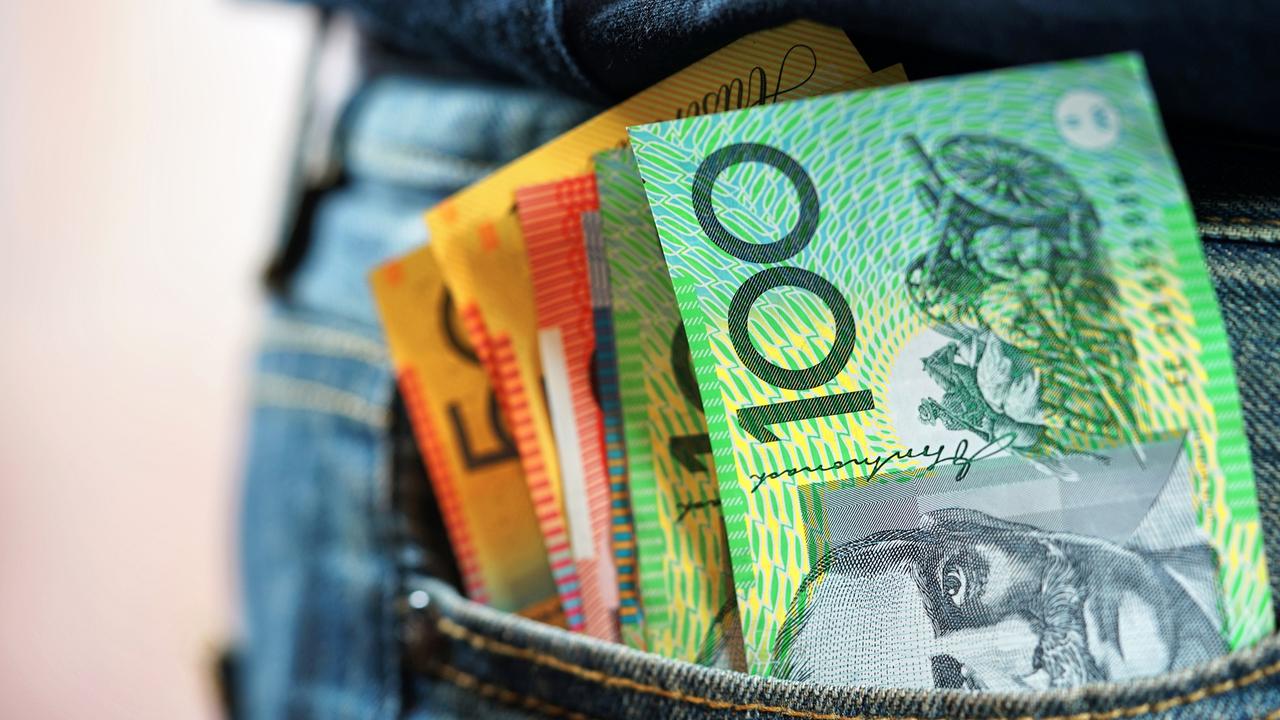
With inflation now at 5.1 per cent, an increase of this size would have a huge impact on the more than 2.3 million Aussies currently earning minimum wage across the country.
But it isn’t just minimum wage workers that could be better off, with the Reserve Bank of Australia estimating 40 per cent of employees, about five thousand people, could be directly or indirectly impacted by the wage review, according to the Daily Mail.
This is because an increase to the national minimum wage could encourage millions of workers to ask for a pay rise or see them make new collective agreements with their employers.
However, a wage increase below the current inflation rate will still mean many Aussies will effectively be dealing with real wage cut, with low-income earners in particular feeling the pressures from the rising cost of living.
Still, an increase of 4 to 4.5 per cent would be a much bigger bump than low-income earners have seen in a long time, with the average nominal increase between 2010 and 2019 being 3.1 per cent.
The wage price index for the corresponding period averaged 2.6 per cent year-on-year.
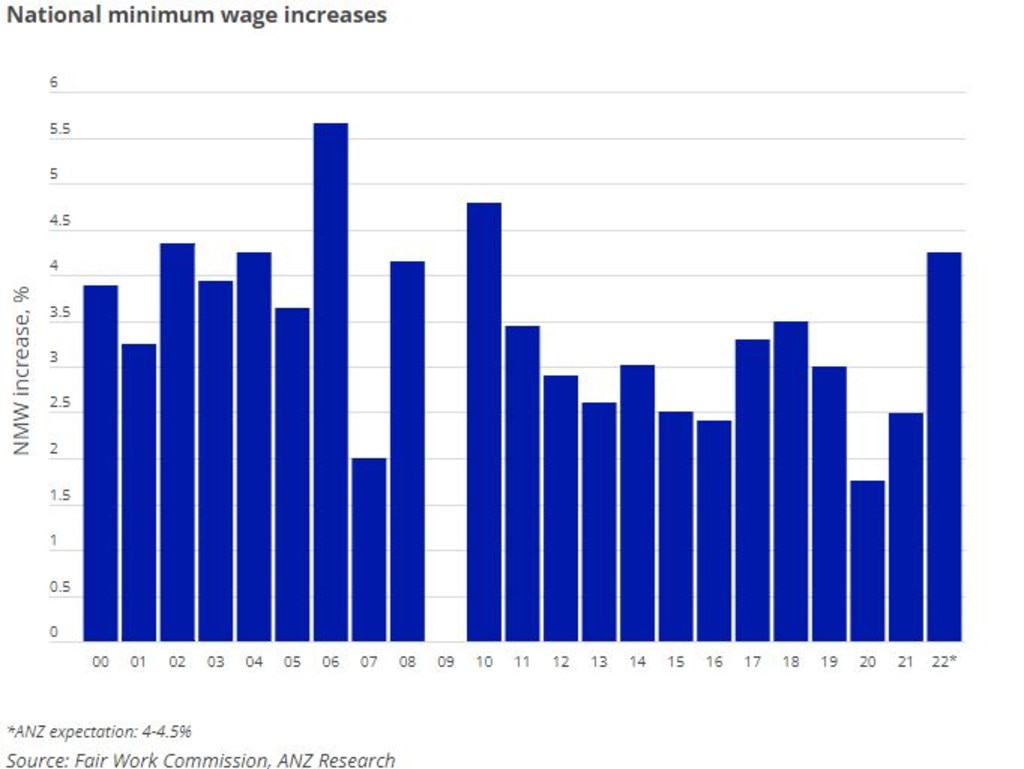
The current predicted wage increase is still less than the 5.1 per cent Prime Minister Anthony Albanese said he would “absolutely” support during the election campaign.
While the PM claims he still supports a wage increase for Australia’s lowest workers, he has noticeably softened his language around the issue.
Speaking on Friday, he revealed the federal government was making a submission to the Fair Work Commission as part of the annual wage review, though he refused to confirm an exact figure.
“The submission will be consistent with what I said during the election campaign: that people who are on the minimum wage can’t afford to go backwards (and) can’t afford a real wage cut,” he told the ABC.
“There won’t be a number in the submission. What there will be though, is the strong view that we have, that people who are on the minimum wage simply can’t afford a real wage cut.”
New Liberal Leader Peter Dutton wasted no time jumping on Mr Albanese’s comments, branding Labor’s planned submission as a “broken promise”.
“He’s said absolutely he would support a 5.1 per cent increase … and he’s now broken that promise,” he said.

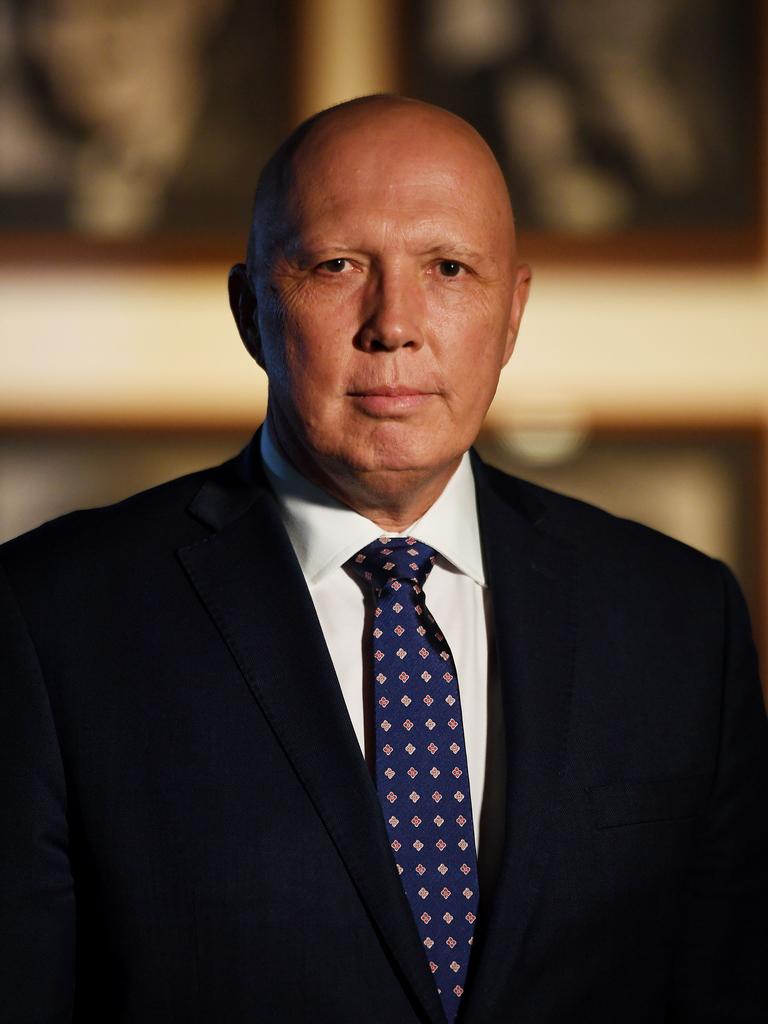
Deputy Prime Minister Richard Marles backed up Mr Albanese, saying Labor’s submission would argue that people on the minimum wage “should not receive a real wage cut”.
“We are experiencing in Australia a cost of living crisis because of the failures of the former Liberal government,” he told reporters.
A number of other groups have already made their submissions to the Fair Work Commission, with the recommendations ranging from no increase at all to a whopping 6.5 per cent.
The Australian Catholic Council for Employment Relations has argued for a 6.5 per cent increase in a bid to lift children up out of poverty, while the Australian Council of Trade Unions has recommended a 5.5 per cent increase, just above inflation.
Major business groups such as the Australian Industry Group and Australian Chamber of Commerce and Industry have made larger than usual recommendations, at 2.5 per cent and 3 per cent respectively.


